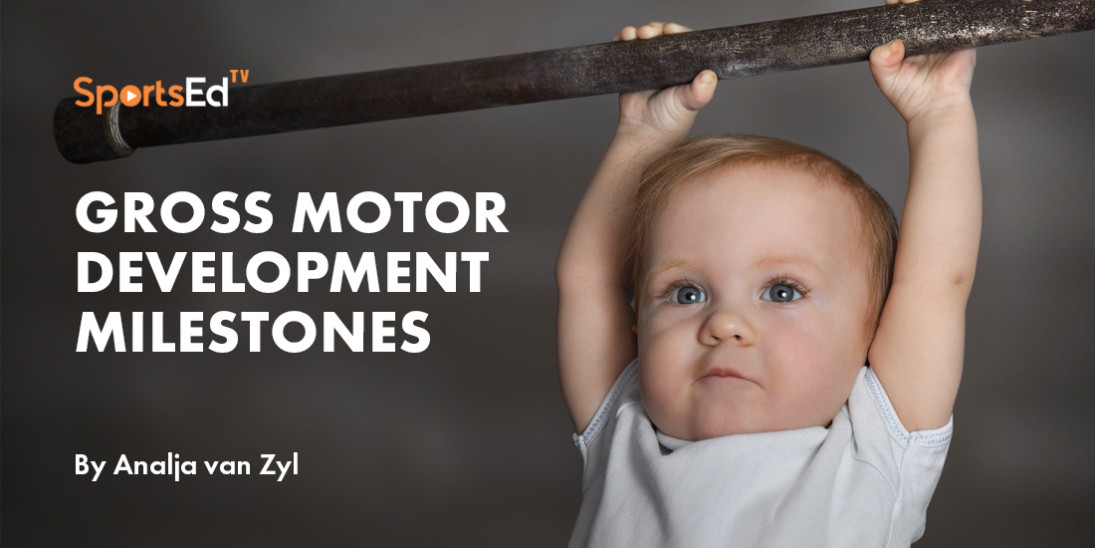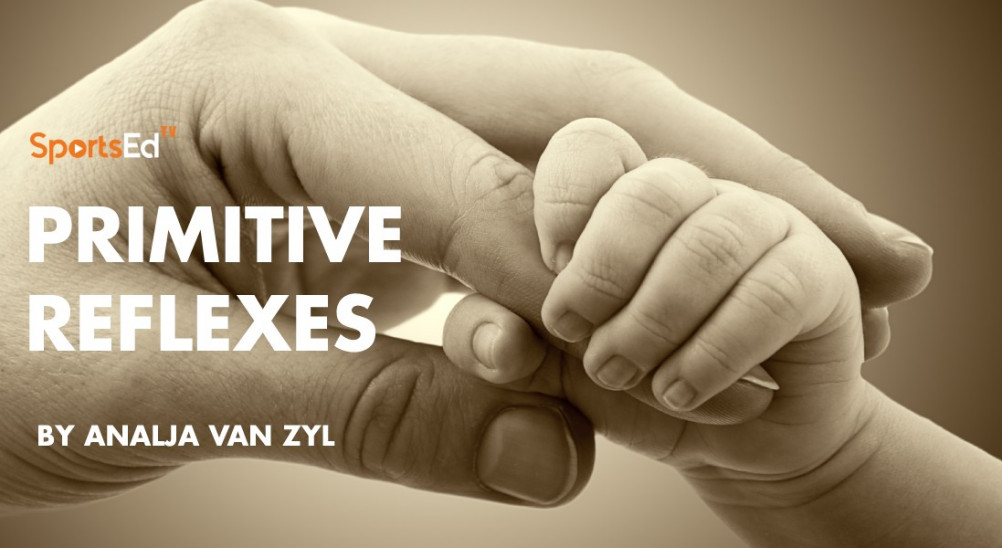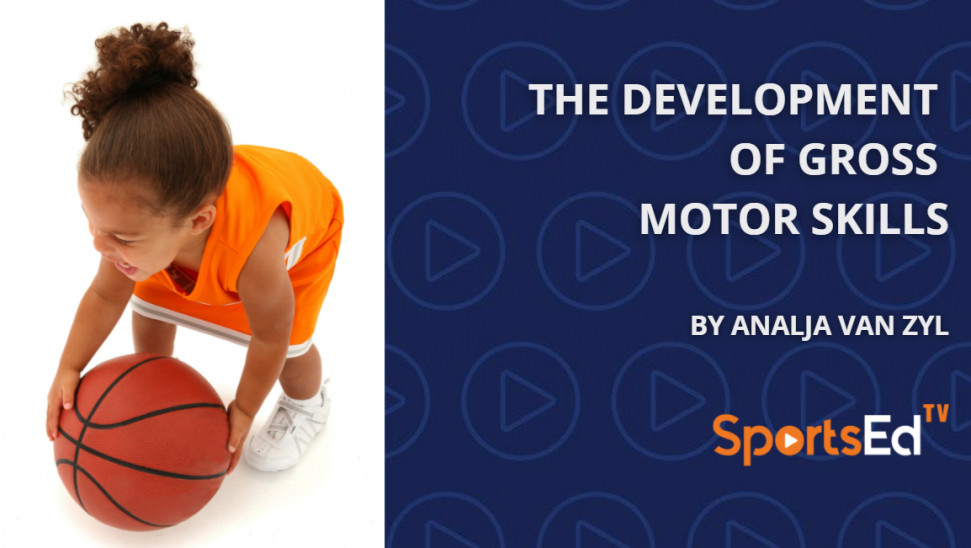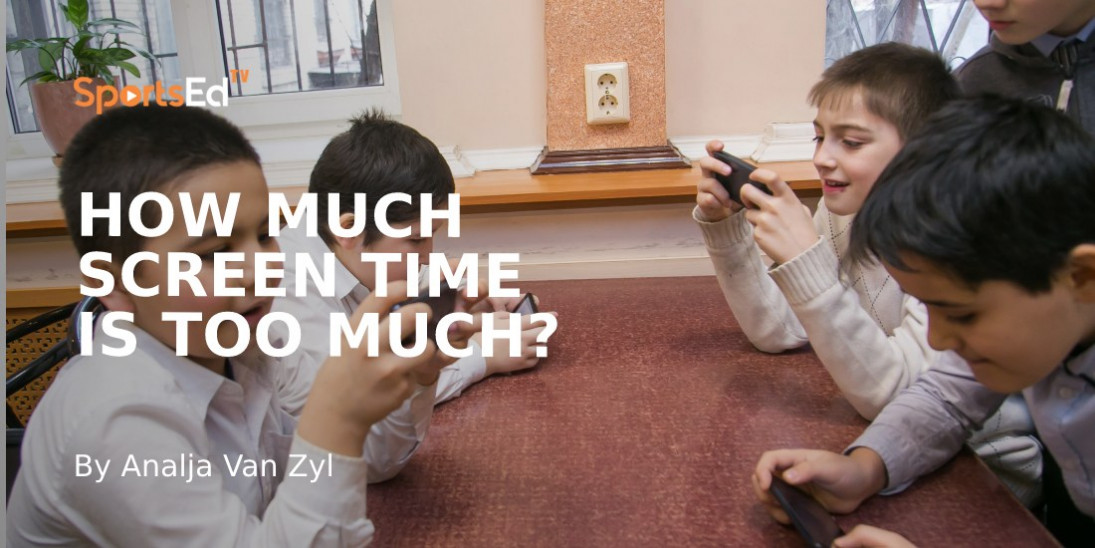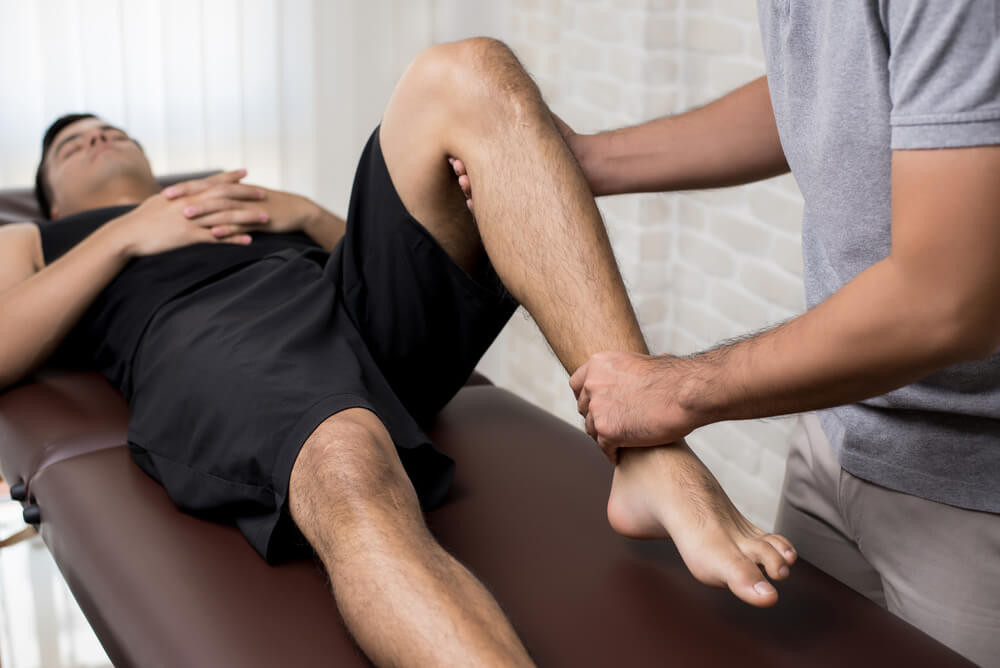Health, Physical Education
Welcome and thanks for visiting...

Early Childhood Development: The Role Between Parents and Teachers
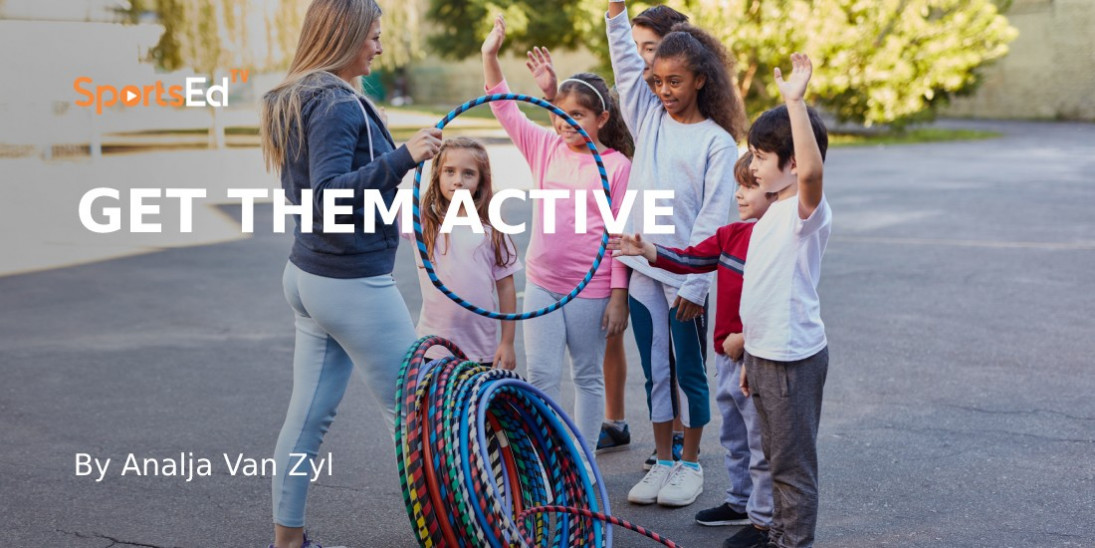
Early childhood education - which generally occurs in a child’s ‘golden years’ which occurs from 2 years to 6 years of age, is responsible for the effort of helping lay the foundation for the child’s development in all aspects before entering school. The development that occurs in different area are a process through which the child changes across their lifespan. The development that occurs can be divided into four main domains:
- Cognitive
- Affective (socio- emotional),
- Motor, and
- Physical
Interestingly motor development has profound effects on the development of cognitive, social, and physical behaviors. Haywood and Getchell have reported in a study that motor development refers to the continuous, age-related process that involve changes in movement as well as the interacting constraints of three different domains, which are namely individual, environment, and tasks that drive these changes.
During this time of early childhood education, the growth and development take place at a rapid pace. Many efforts are made by parents, so that their children become healthy and strong. However, the joint effort between teachers and parents are vital for this development. A great need for stimulation through various ways is one way in which parents and teachers can work together.
Kinesthetic and contemporary physical activity is one option for developing motor skills, which parents and teachers can allow for optimal multi-development processes to occur.
Although there are still many parents questioning its effectiveness. This is based on the fact that there are still many reluctant parents who are not happy with their children physically playing without being educated through reading, writing, and counting.
Kinesthetic and contemporary- based physical activity is a natural process of motions of reptiles, mammals, and humans, which includes elements of walking, running, throwing, jumping, leaping, and crawling.
Physical education is an integral part of the education program for all students. It teaches and allows children to understand how their bodies move and how to perform a variety of physical activities. Rink (2010:9) states that the learning experience must have the potential to improve motor performance, activity skills of students. Gross motor development is influenced and optimized by regular physical education activities, ministered by regular classroom teacher in the school.
Children who have high motor skills are able to integrate coordinative motions between their nerves and muscles, while simultaneously achieving the goal of an activity.
Childhood is the most active period of performing activities. Childhood is spent with a lot of playing time. Playing activities mean doing fun activities repeated several times without realizing that the child was training himself to do something. Learning activity while playing is an essential part of the education process, especially for preschoolers.
Therefore, attention needs to be given by both parents and educators that enables the delivery of learning materials in such a way that children could be impressed and consider learning as interesting and fun entertainment.

